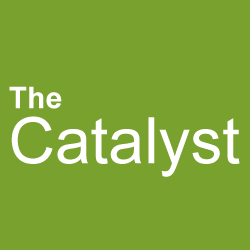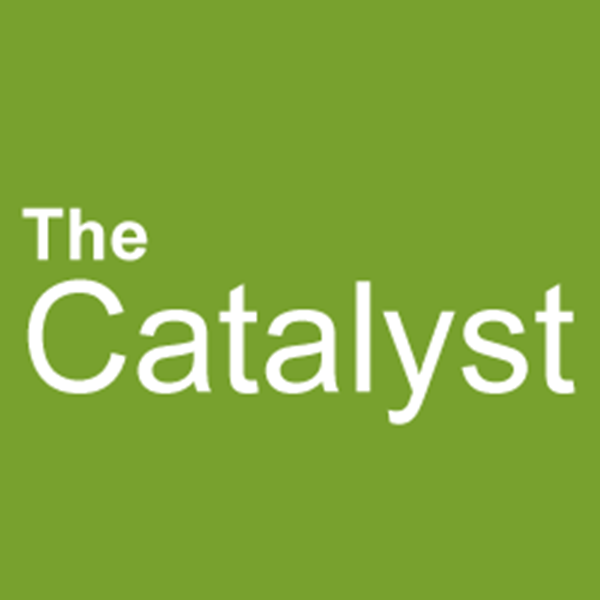Today the Wall Street Journal published another story on prescription drug spending that cherry-picks Medicare Part B data in an effort to compare medicine prices in the U.S. to other countries. The story advances a misleading narrative that ignores the trade-offs that come with government price controls, including restricting patient access to new, innovative medicines and discouraging the research and development of new treatments.
The competitive biopharmaceutical market in the U.S. controls costs while encouraging the development of innovative new therapies that help patients live longer, healthier lives. As a result, Americans enjoy access to innovative medicines far earlier than patients in countries with centralized price controls and leads the world in drug discovery and development.
Conversations on cross-country drug prices needs to consider the following four facts:
- Government price controls can prevent patients from accessing treatments and cures that best meet their individual needs. Cost containment efforts based on value judgments by governments in countries such as Norway do not reflect real-world needs of individual patients, providers or other decision makers. Standard cost-effectiveness metrics overlook the significant differences in the needs of individual patients, many of whom don’t fit value judgments based on broad, average results. The UK’s National Institute for Health and Clinical Excellence (NICE) was one of the first government agencies to utilize cost-effectiveness metrics to make coverage decisions – and the results have not been positive for patients battling cancer and other serious diseases and conditions. Between 2007 and 2013, 79 percent of cancer medicines were either rejected or received only limited coverage with access restrictions. Similar access restrictions and denials were imposed on 60 percent of medicines for other diseases and conditions.
- Price comparisons fail to acknowledge the role of mandatory rebates and discounts as well as robust competition. Most cross-country comparisons focus solely on the list prices of medicines and ignore rebates negotiated by payers, as well as steep discounts required by U.S. public programs such as Medicaid and 340B. Additionally, in the U.S. competitive marketplace generic utilization rates are high, robust competition among brand name medicines takes place and aggressive negotiation occurs to lower prices. Currently nearly 90 percent of all prescriptions filled for U.S. patients are generics, at prices that are typically up to 80 percent lower than that of the brand medicine. In contrast, generic use is lower in most other developed countries, and generic prices are higher.
- Medicare Part B represents a small share of overall Medicare spending. Medicare Part B covers a subset of outpatient prescription drugs, used by seniors and people with disabilities who are managing serious and complex conditions such as cancer, end-stage renal disease, cerebral palsy and immune deficiency disease. In recent years, important advancements for patients who previously had few treatment options have been made and even with these new approvals, Part B drugs continue to be a small and stable share of overall Medicare spending, representing around 3 percent in 2013.
- The structure of the Part B drug benefit enables the program to capture the power of the market to save Medicare and beneficiaries money while maintaining access to new treatments. Part B uses market-based prices that reflect the average of all manufacturer sales prices – including all rebates and discounts privately negotiated between manufacturers and purchasers. These purchasers include large hospital systems with significant bargaining power. Analysis by the Centers for Medicare and Medicaid Services found that over the most recent period, prices for most high volume Part B drugs changed two percent or less, and prices for 17 of the top 50 drugs decreased. Spending on Part B drugs has remained steady share of Part B spending year over year, and price growth for Medicare Part B drugs is below overall medical inflation.
Read more about the cost and value of medicines here.






